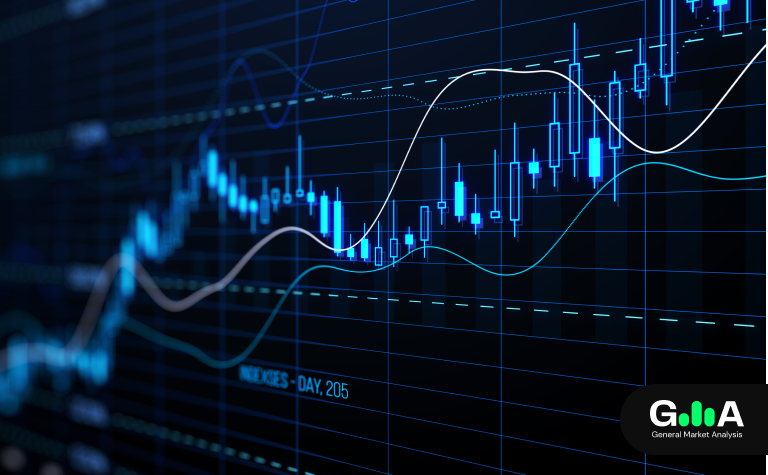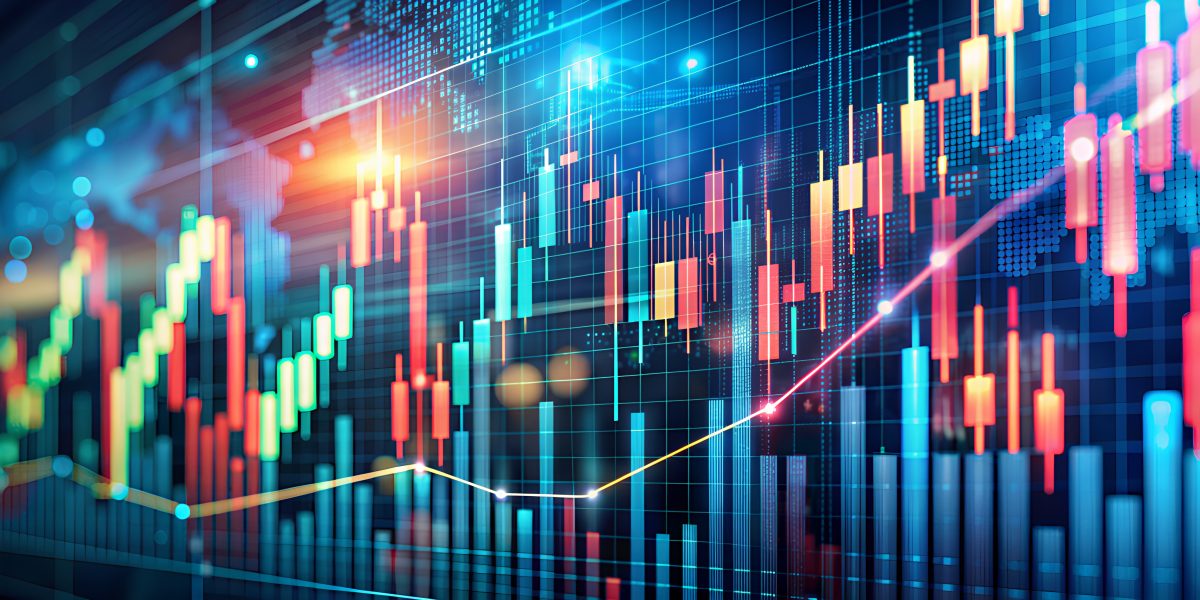In finance, a derivative represents a contract deriving its value from the performance of an underlying entity.
In a nutshell, derivatives are agreements between buyers and sellers.
Derivatives specify a future price at which an asset can be sold, known as the underlier. This could be a physical commodity, such as corn, wheat or natural gas, or a financial security, such as stocks, bonds and foreign exchange.
Derivatives are widely employed across financial markets – below are the most common.
Forward Contract
A forward contract is a straightforward over-the-counter (OTC) product, obligating one party to buy the underlier and the other party to sell, for a set price on a specified date in the future.
The party with an obligation to buy holds a long position; the party with an obligation to sell holds a short position.
The core objective of a forward contract is to mitigate uncertainty; both parties lock in a price for future settlement.
As an example, imagine a pear farm produces one million pears at harvest. Each year, the price of pears fluctuates. This leaves our pear farmer with a problem. Sometimes pears sell for $0.30 each, while other times the price of pears are below $0.10, resulting in a loss for the farmer.
On the other side of the equation, you have a bakery chain, specialising in pear custard pies. When the price of pears advance, the bakery shops struggle to cover costs, but a lower price brings with it strong returns.
Evidently, neither party like the unpredictability.
The solution could be a forward contract, an agreement ahead of time to transact at a specific price. On one side, the bakery chain agrees to buy a certain number of pears at a specified price, let’s say $0.20 per pear. This works out well for the bakery chain as regardless of what the market price ends up being in the future, the forward contract ensures they pay $0.20, enough to make profits with predictability. Equally, this works out well for the pear farmer as he knows at $0.20 per pear, he covers costs and generates a return, while removing the unpredictability factor.
Futures Contract:
A futures contract is viewed as a standardised forward contract, executed on a public exchange.
A $3 box of cereal generally remains the same price week-to-week, despite wheat prices changing daily. How does the cost of cereal stay stable, in spite of the crops used to manufacture the product fluctuating in price? This is partly thanks to the futures market.
Buyers and sellers trade bushels in the futures market, though physical wheat seldom changes hands. Instead, parties buy/sell contracts, considered risk management – a hedge against the change in price.
Futures contracts gain or lose value in the futures market.
If the cereal manufacturer plans to buy 50,000 bushels of wheat in six months and the company wants to lock in a price, it may execute ten wheat futures contracts with a delivery price of $5. Each contract guarantees the delivery of 5,000 bushels of wheat in six months for $5 per bushel. Therefore, the cereal manufacturer can expect to pay $250,000 for its wheat.
Six months later, wheat prices rise to $6. This means the total value of the cereal manufacturer’s position on 50,000 bushels, with an original delivery price of $5 per bushel, would rise by $50,000. At this stage, the cereal manufacturer can buy 50,000 bushels from its regular supplier at the current market price of $6 per bushel, or $300,000. The total price of the purchase, however, is $250,000, the desired price due to the $50,000 futures gain.
Options Contract:
Two of the most common types of options are calls and puts.
Calls give the buyer, or holder, the right, but not the obligation, to buy an underlying asset at the strike price detailed in the option contract. Options investors buy calls if they’re bullish and sell calls when bearish.
Puts, on the other hand, give the buyer the right, but not the obligation, to sell the underlier at the strike price stated in the contract. The seller, or writer, of the put option is obligated to buy if the put buyer exercises their option. Investors buy puts when they’re bearish and sell puts if bullish.
By way of an example, Nigel the investor trades stocks and options after work.
He believes the stock of XYZ Corporation, trading at a price of $40, is likely to advance over the next several months. Rather than purchase the shares of the company outright, Nigel buys six-month call options at $40. The option contract gives Nigel the right, but not the obligation, to purchase XYZ for $40 anytime over the next six months.
Six months later, XYZ trades at $42. Nigel exercises his option and buys XYZ for $40, realising a gross profit of $2 per share.
Contract for Difference (CFD):
One of the most popular and innovative investment tools is a CFD, or contract for difference. The CFD market allows participants to trade on the price movements of a number of financial markets, such as Forex, stocks, commodities and indices.
If you believe the price of an underlying asset will advance, you can purchase, or go long, a CFD contract and benefit from the price rise. Alternatively, should you feel the underlying asset will decline, you can sell a CFD, or go short, and benefit from the price drop.
CFDs, put simply, are agreements between buyers and sellers to exchange the difference between the opening price the trade was executed at and the liquidation price.
When you buy a CFD agreement, you do not pay the full notional value of the position, only a fraction, otherwise known as the margin. This practice is called trading on margin or margin trading.
With CFDs you do not own the underlying asset, you’re simply trading an agreement.
Key Similarities and Differences
- Most options and futures contracts are settled either as cash settlement or physical delivery. Unlike futures or options, there is no delivery of physical goods or securities with CFDs.
- A futures contract is essentially a standardised forward contract executed at a public exchange. The terms of a forward contract can be privately negotiated, a tailor-made contract, if you will.
- CFDs are an over-the-counter (OTC) agreement between buyers/sellers, while the majority of futures and options contracts are standardised and trade through public exchanges.
- A futures contract requires a buyer to purchase the underlier and a seller to sell at the expiration date, unless the contract is closed before. An options contract, on the other hand, gives an investor the right, but not the obligation, to buy (or sell) underlying assets at the expiration date.
- CFD contracts generally do not expire, while futures and options contracts have clear expiration dates.
- Futures, options and CFDs are all tradeable on margin.
- There are fewer regulations when it comes to CFDs. Futures and options contracts are highly regulated.
The accuracy, completeness and timeliness of the information contained on this site cannot be guaranteed. IC Markets does not warranty, guarantee or make any representations, or assume any liability regarding financial results based on the use of the information in the site.
News, views, opinions, recommendations and other information obtained from sources outside of www.icmarkets.com.au, used in this site are believed to be reliable, but we cannot guarantee their accuracy or completeness. All such information is subject to change at any time without notice. IC Markets assumes no responsibility for the content of any linked site.
The fact that such links may exist does not indicate approval or endorsement of any material contained on any linked site. IC Markets is not liable for any harm caused by the transmission, through accessing the services or information on this site, of a computer virus, or other computer code or programming device that might be used to access, delete, damage, disable, disrupt or otherwise impede in any manner, the operation of the site or of any user’s software, hardware, data or property.









